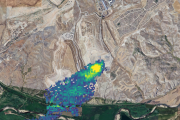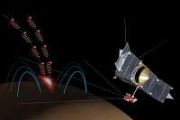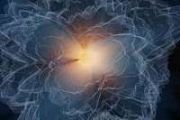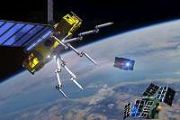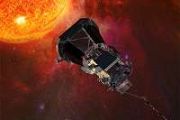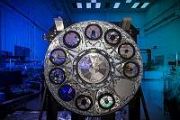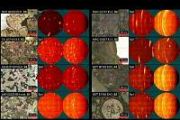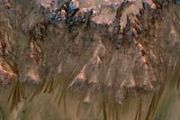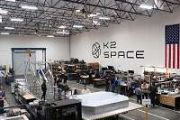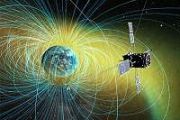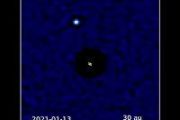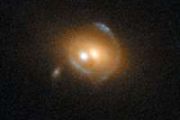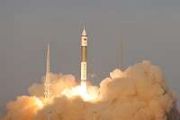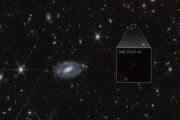
Copernical Team
Pulsed plasma rocket development accelerates manned missions to Mars
 Advancements in space technology may soon allow humans and cargo to travel to Mars efficiently and quickly. Existing spacecraft require significant velocities due to the vast distances in space, necessitating propulsion systems with both high thrust and high specific impulse. Current technologies fall short of these requirements.
Howe Industries is developing a propulsion system capable of
Advancements in space technology may soon allow humans and cargo to travel to Mars efficiently and quickly. Existing spacecraft require significant velocities due to the vast distances in space, necessitating propulsion systems with both high thrust and high specific impulse. Current technologies fall short of these requirements.
Howe Industries is developing a propulsion system capable of Exolaunch facilitates NASA's ACS3 satellite deployment into orbit
 Exolaunch has provided its deployment services for NASA's Advanced Composite Solar Sail System (ACS3) satellite, marking the company's first satellite deployment for NASA and its 28th mission overall. The event took place on April 23 at 1000 NZT / 2200 UTC from Rocket Lab Launch Complex 1 in Mahia, New Zealand, utilizing Rocket Lab's "Beginning of the Swarm" mission.
The ACS3 satellite, bu
Exolaunch has provided its deployment services for NASA's Advanced Composite Solar Sail System (ACS3) satellite, marking the company's first satellite deployment for NASA and its 28th mission overall. The event took place on April 23 at 1000 NZT / 2200 UTC from Rocket Lab Launch Complex 1 in Mahia, New Zealand, utilizing Rocket Lab's "Beginning of the Swarm" mission.
The ACS3 satellite, bu Astroscale Japan Advances to Next Stage in JAXA's Orbital Debris Removal Initiative
 Astroscale Japan Inc., part of Astroscale Holdings Inc., has been chosen by the Japan Aerospace Exploration Agency (JAXA) to participate in Phase II of the Commercial Removal of Debris Demonstration (CRD2) program. This initiative is among the first globally to focus on the removal of large-scale space debris.
"We are deeply honored to have been selected as the commercial partner of the ne
Astroscale Japan Inc., part of Astroscale Holdings Inc., has been chosen by the Japan Aerospace Exploration Agency (JAXA) to participate in Phase II of the Commercial Removal of Debris Demonstration (CRD2) program. This initiative is among the first globally to focus on the removal of large-scale space debris.
"We are deeply honored to have been selected as the commercial partner of the ne Horizontal running could help lunar astronauts retain physical conditioning
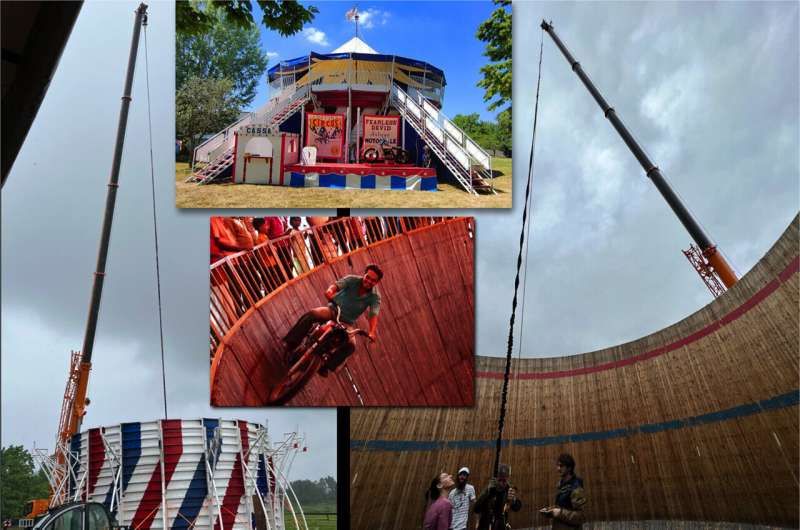
Chinese astronauts return to Earth after 6 months on space station
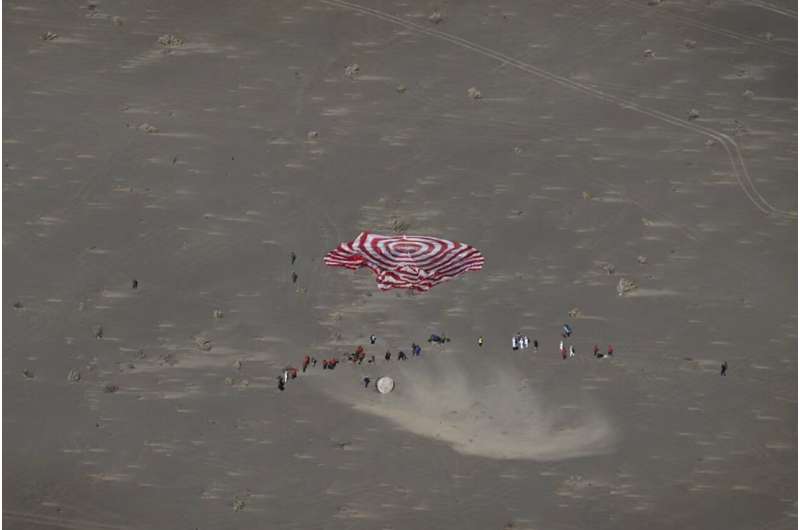
NASA does Dragon shuffle prepping for Starliner launch

Parking is at a premium at the International Space Station, but NASA and SpaceX cleared out one spot as a cargo Dragon spacecraft completed its trip home with a splashdown off the Florida coast.
NASA still needs to shift the remaining Dragon spacecraft from its spot to clear the path for next week's launch of Boeing's CST-100 Starliner.
The cargo Dragon from the CRS-30 resupply mission that arrived in March was attached to the ISS for more than 36 days. It returned for a 1:38 a.m. splashdown off Tampa, carrying more than 4,100 pounds of science experiments and other supplies back to Earth.
It departed the ISS Harmony module, which has two docking ports, on Sunday.
But now NASA wants the four members of Crew-8 to perform valet duties. They will climb aboard the Crew Dragon Endeavour that remains docked at Harmony's forward port, and fly it around and redock to the open port, called the zenith port.
NASA's Matthew Dominick, Michael Barratt and Jeanette Epps along with Roscosmos' Alexander Grebenkin will take the short road trip at 7:45 a.m.
Sticker fun in space!
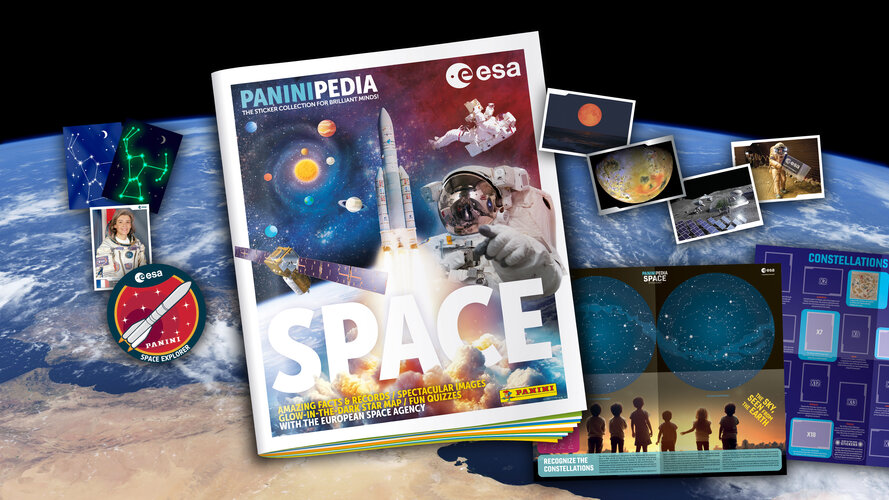
Exciting news for young space fans! PaniniPedia Space, the most complete and up-to-date sticker reference album about space, launches in France on 1 May 2024. Created by Panini in collaboration with ESA, PaniniPedia Space takes readers on a journey of discovery through our Solar System and beyond.
US commander sees 'breathtaking' development of China's space power
 China's military capabilities in space are developing at a "breathtaking" pace that only looks set to intensify after recent defence reforms, the head of the US Space Command said Wednesday.
General Stephen Whiting told journalists that Beijing had "tripled the number of intelligence surveillance and reconnaissance satellites on orbit" in just six years, with repercussions across military do
China's military capabilities in space are developing at a "breathtaking" pace that only looks set to intensify after recent defence reforms, the head of the US Space Command said Wednesday.
General Stephen Whiting told journalists that Beijing had "tripled the number of intelligence surveillance and reconnaissance satellites on orbit" in just six years, with repercussions across military do US Space Force renews partnership with L3Harris for space domain awareness
 L3Harris Technologies (NYSE:LHX) has secured the fifth-year option of the Maintenance Of Space Situational Awareness Integrated Capabilities (MOSSAIC) program. This contract, valued at up to $187 million, is awarded by the U.S. Space Force to continue advancing the maintenance and modernization of essential space infrastructure. This initiative is crucial for maintaining the Space Force's core c
L3Harris Technologies (NYSE:LHX) has secured the fifth-year option of the Maintenance Of Space Situational Awareness Integrated Capabilities (MOSSAIC) program. This contract, valued at up to $187 million, is awarded by the U.S. Space Force to continue advancing the maintenance and modernization of essential space infrastructure. This initiative is crucial for maintaining the Space Force's core c Space Systems Command Completes Key Software Upgrade for OPIR Monitoring at FORGE
 On April 26, 2024, Space Systems Command's Space Sensing program executive office, based at Los Angeles Air Force Base in El Segundo, California, facilitated the initial software deployment to operations in the Overhead Persistent Infrared (OPIR) Battlespace Awareness Center (OBAC) at Buckley Space Force Base, Colorado. The integration of the FORGE framework into OBAC operations enhances cyber r
On April 26, 2024, Space Systems Command's Space Sensing program executive office, based at Los Angeles Air Force Base in El Segundo, California, facilitated the initial software deployment to operations in the Overhead Persistent Infrared (OPIR) Battlespace Awareness Center (OBAC) at Buckley Space Force Base, Colorado. The integration of the FORGE framework into OBAC operations enhances cyber r 









